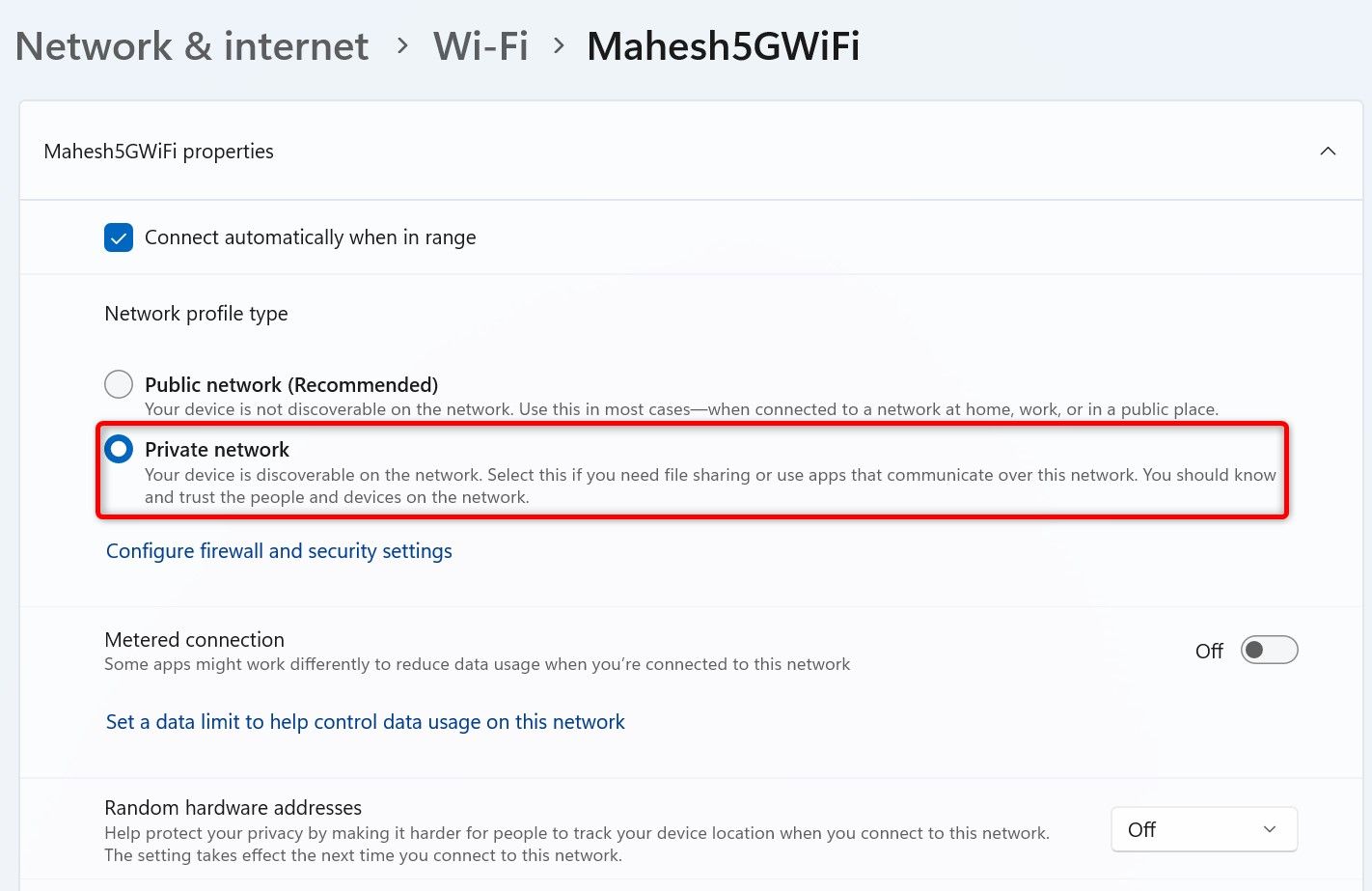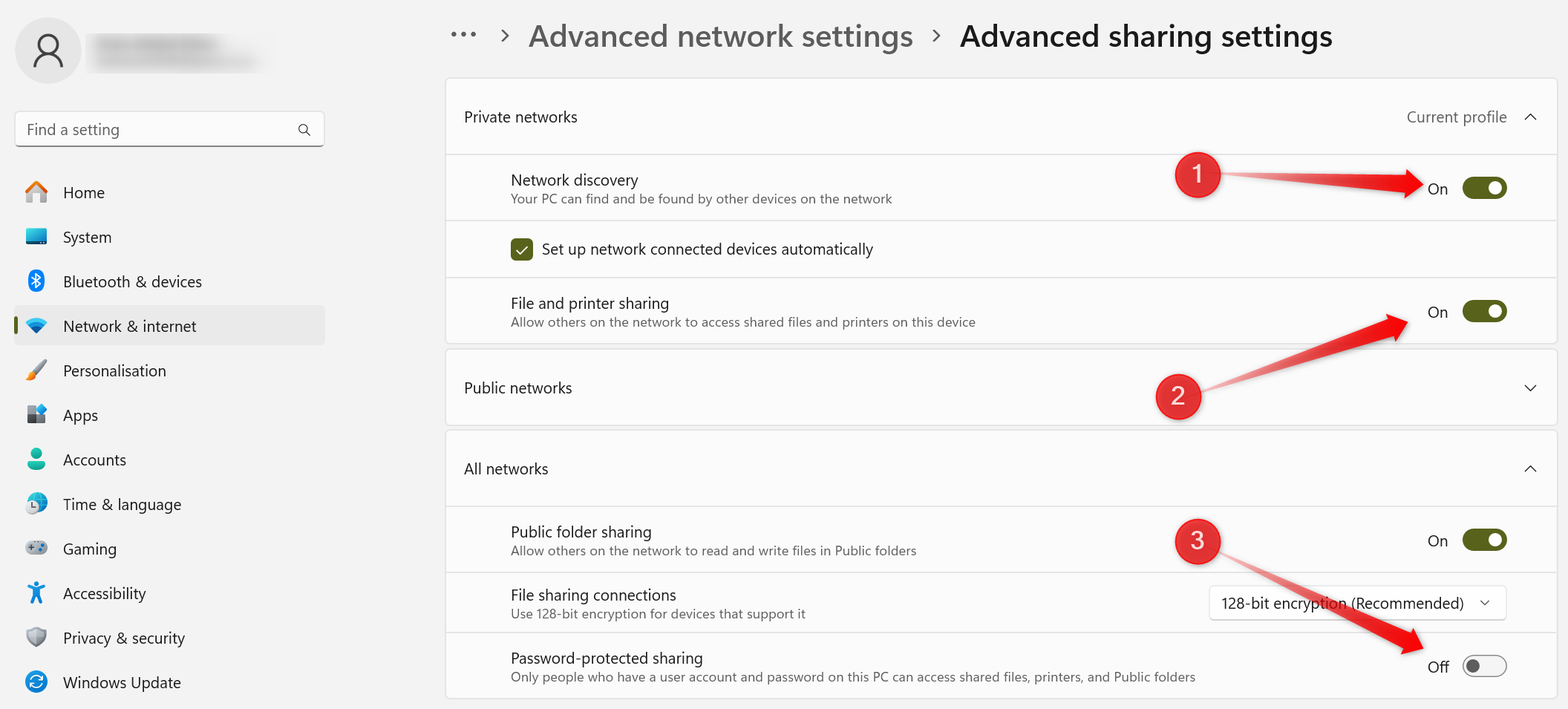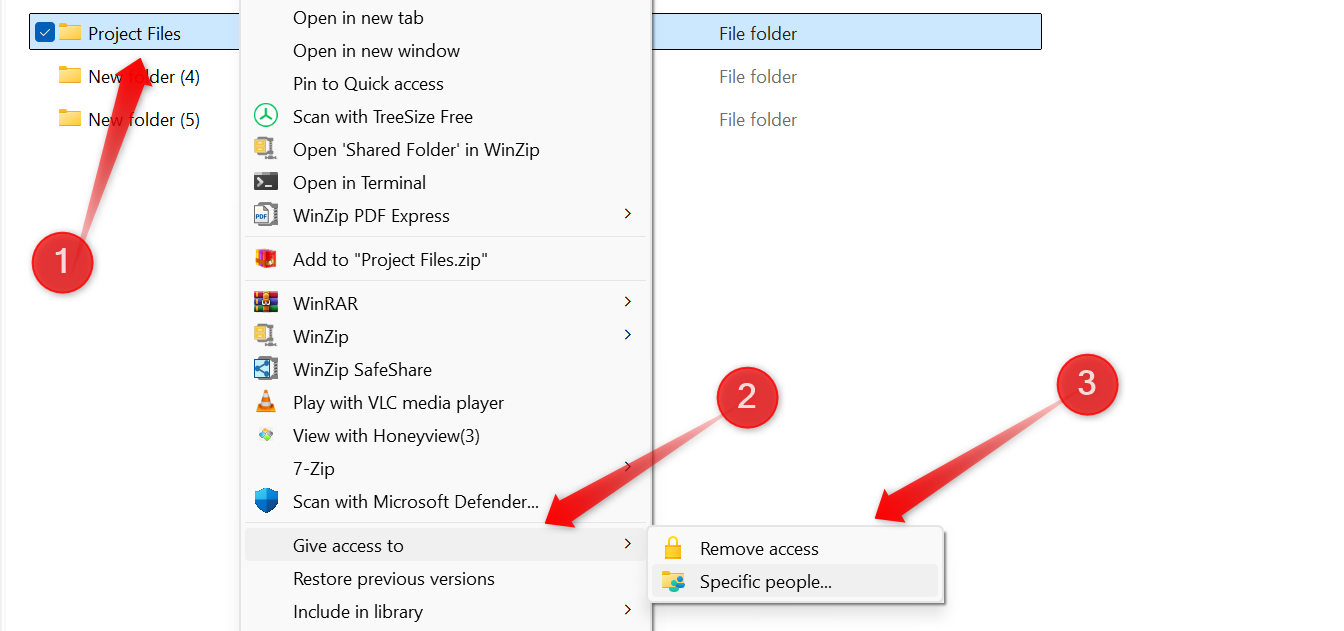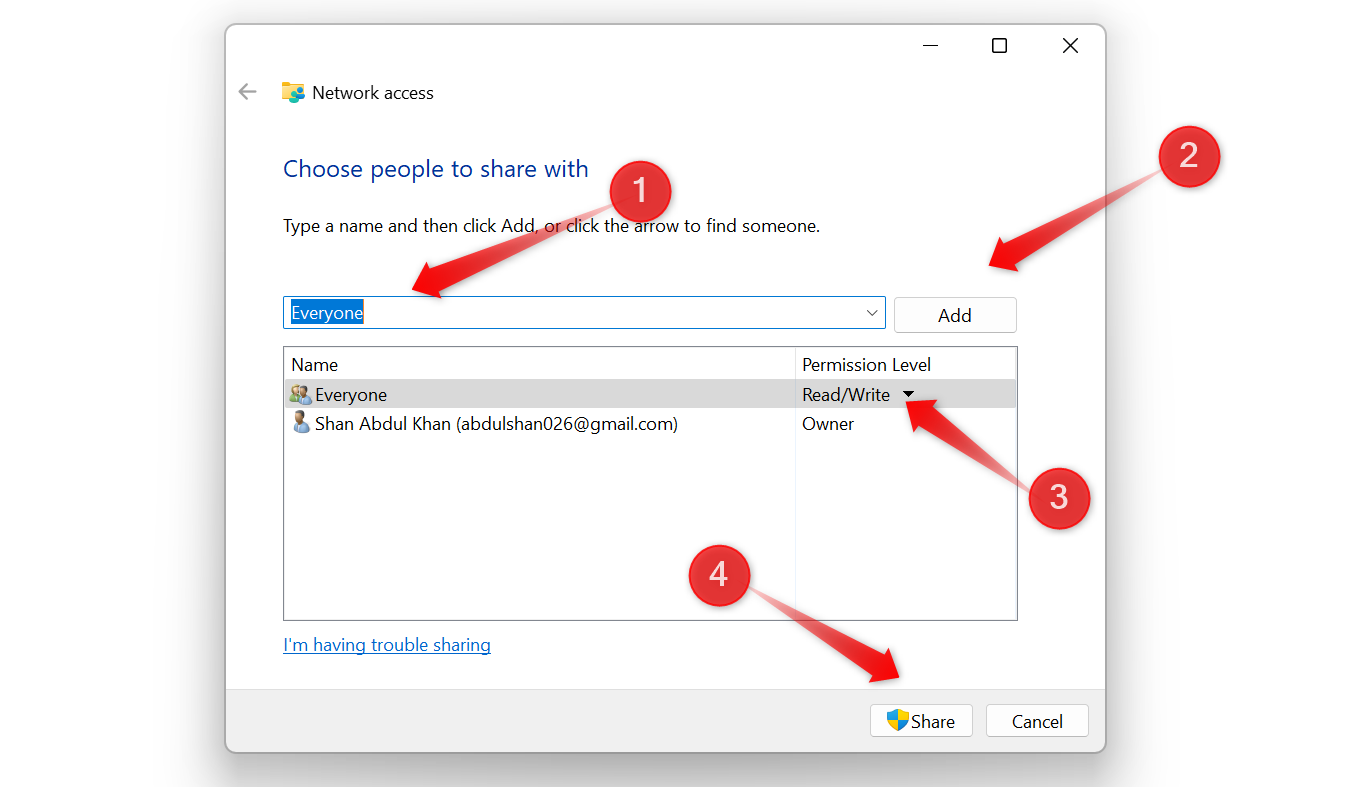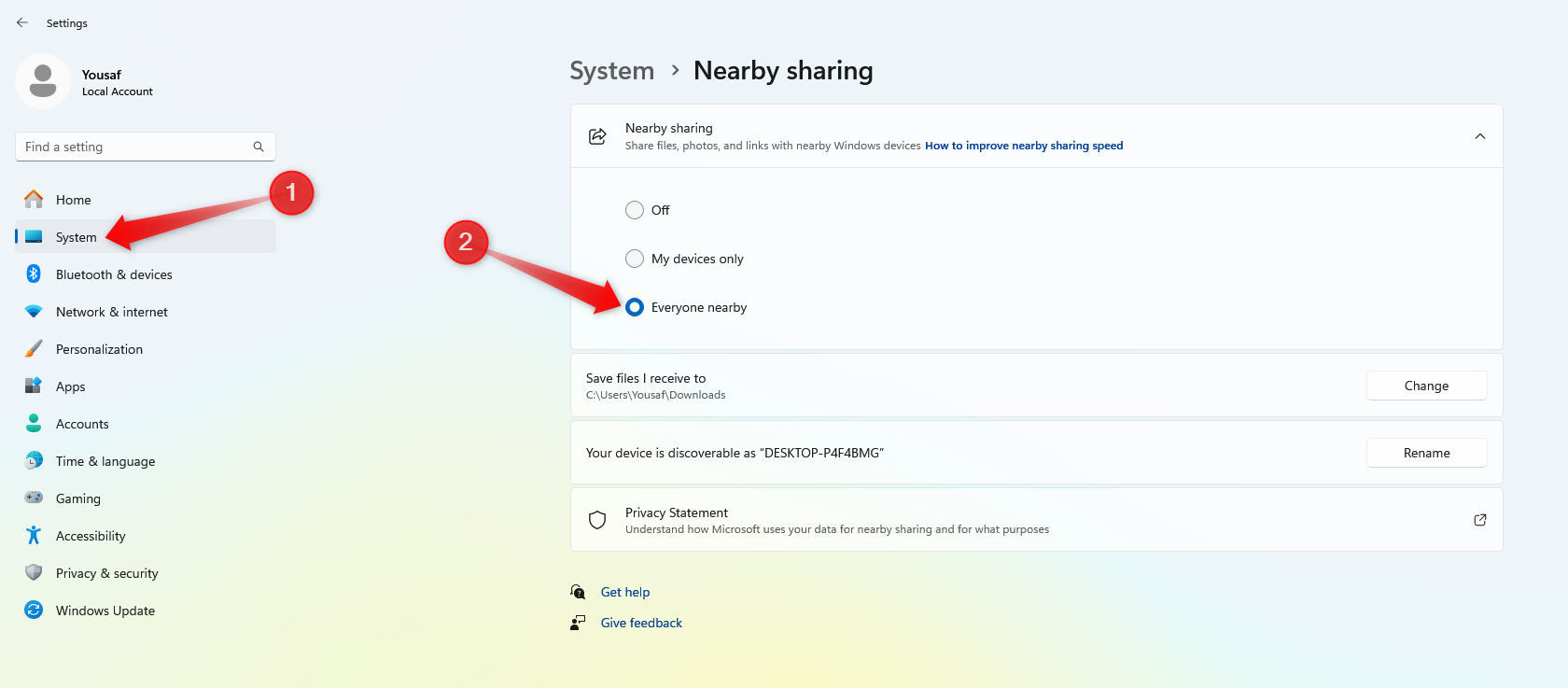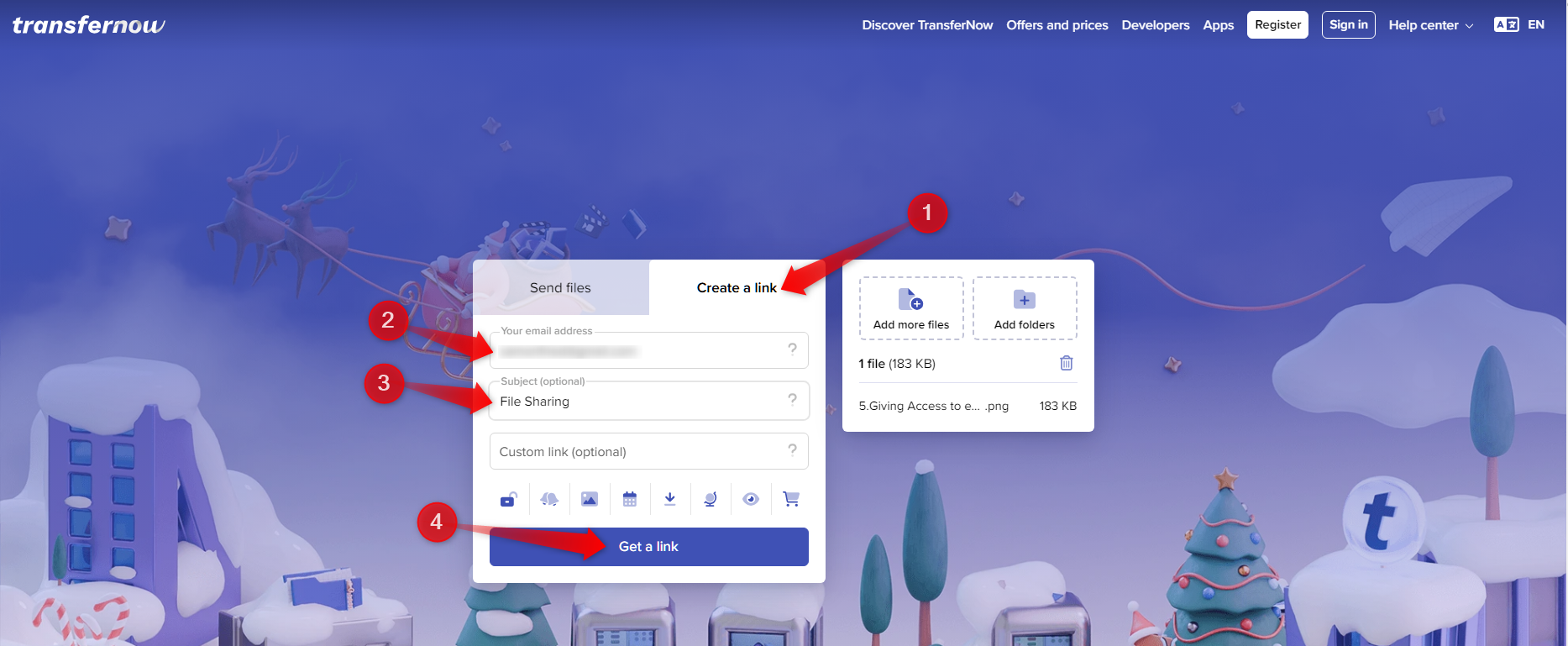Did you just buy a new Windows device and want to transfer data from your old computer? Or perhaps you have multiple laptops or PCs and want to share files between them? You have plenty of options to get the job done.
7
Transfer Data With a Shared Folder
Using a shared folder is one of the simplest ways to transfer files between two computers. You can create a shared folder on the device with your data, and all computers connected to the same network can access it. This lets you share files with multiple devices at once. If you want to share more data later, you just have to place the new files in the folder.
To use this method, switch both devices you want to share files between to the private network profile, which makes them visible to each other and other devices on the same network. To do this, go to Settings > Network & Internet > Wi-Fi, open your connection’s properties, and select “Private Network” for each device.
After selecting the private network profile, navigate to Network & Internet > Advanced Network Settings > Advanced Sharing Settings. Enable the toggles for “Network Discovery” and “File and Printer Sharing.” Additionally, under the All Networks section, turn off the toggle for “Password-Protected Sharing” to facilitate seamless file sharing.
Next, create and share a folder. Right-click the folder you want to share, select “Show More Options,” navigate to “Give Access To,” and choose “Specific People.”
From the dropdown menu, select “Everyone,” click “Add,” and change the Permission Level to “Read/Write.” Finally, click the “Share” button. Then, move the files you want to share into this shared folder.
If you prefer to share the folder only with specific people, you can manually add their device names instead of selecting Everyone.
For others to access your shared files, they must have Network Discovery enabled. They can then open File Explorer, go to the “Network” section, and select your device from the list of available options. From there, they can open the shared folder, copy the files, and paste them onto their device.
6
Use Windows Nearby Sharing
Nearby Sharing is a built-in Windows feature that allows instant file sharing between devices. To use it, both devices must be on the same network, and Nearby Sharing must be enabled on each. To activate it, go to Settings > System > Nearby Sharing and select the “Everyone Nearby” option.
To share files using Nearby Sharing, open File Explorer and select the files you want to share. Right-click and choose the “Share” option. A pop-up window will appear, displaying the recipient’s device under Nearby Sharing. Click on the recipient’s device, and they will receive a file-sharing request. Once they click “Save,” the files will be transferred.
5
Try a USB Data Transfer Cable
If the devices you want to share files between aren’t using the same network connection, a USB data transfer cable is a convenient alternative. This cable directly connects your Windows laptops via a USB connection and lets you transfer data between them. It eliminates the need to depend on a built-in feature or an intermediary storage device.
In most cases, you’ll need to download the corresponding software from the cable manufacturer’s website for both devices. Simply download the software and follow the provided setup instructions. Once installed, connect the cable to both devices, launch the software, and transfer your data.
Most companion software allows you to transfer entire sets of data and settings to a new computer or selectively drag and drop specific files between the two devices.
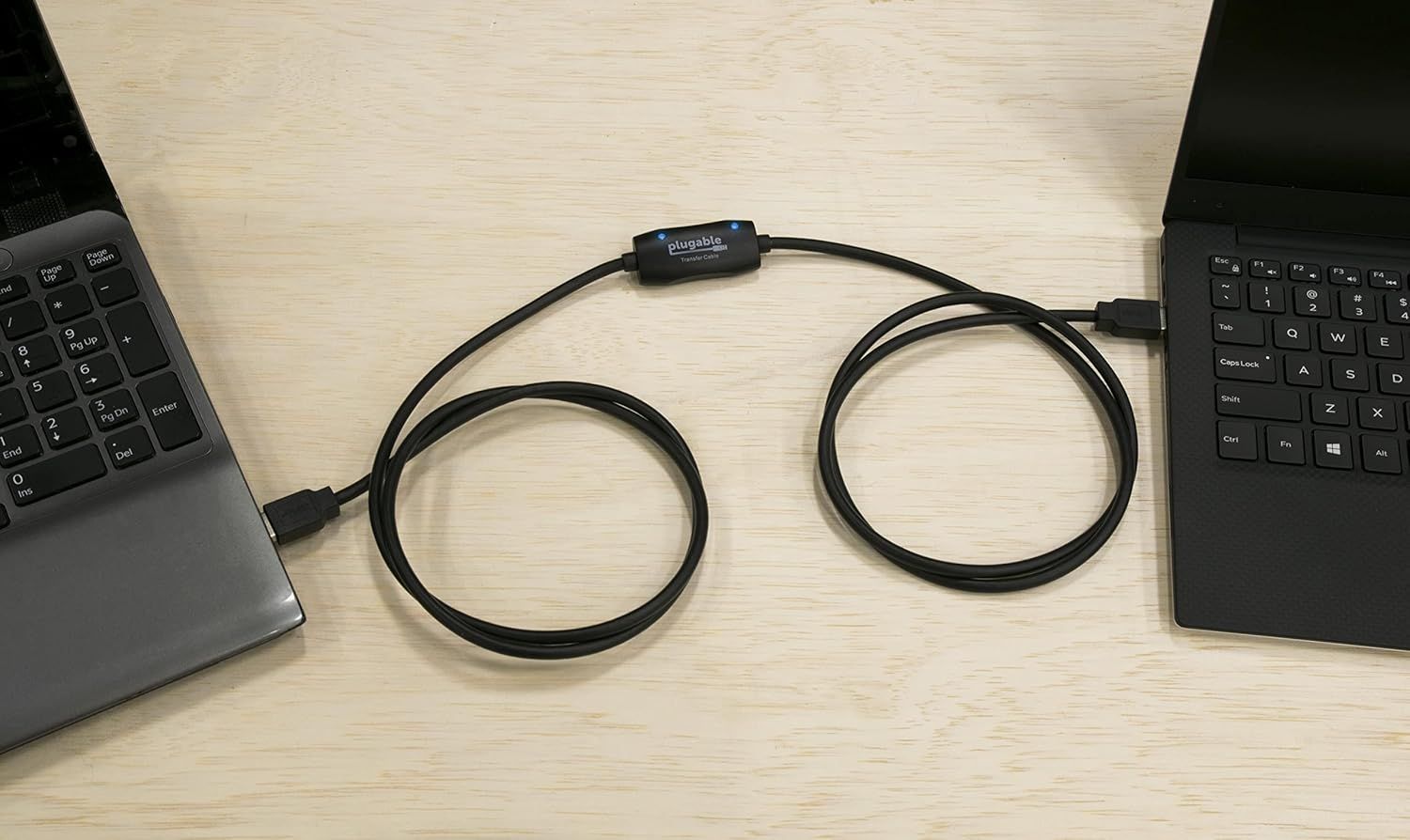
Plugable USB 3.0 Transfer Cable
$40 $55 Save
$15
The Plugable USB 3.0 Transfer Cable enables lightning-fast file sharing between two Windows laptops in just seconds!
4
Use an External Storage Drive
If both devices aren’t on the same network connection but you have an external storage drive, such as a thumb drive, HDD, or SSD, you can use it to transfer data between them. To do that, you first have to connect the external storage drive to your main computer and then copy the files you want to share onto it.
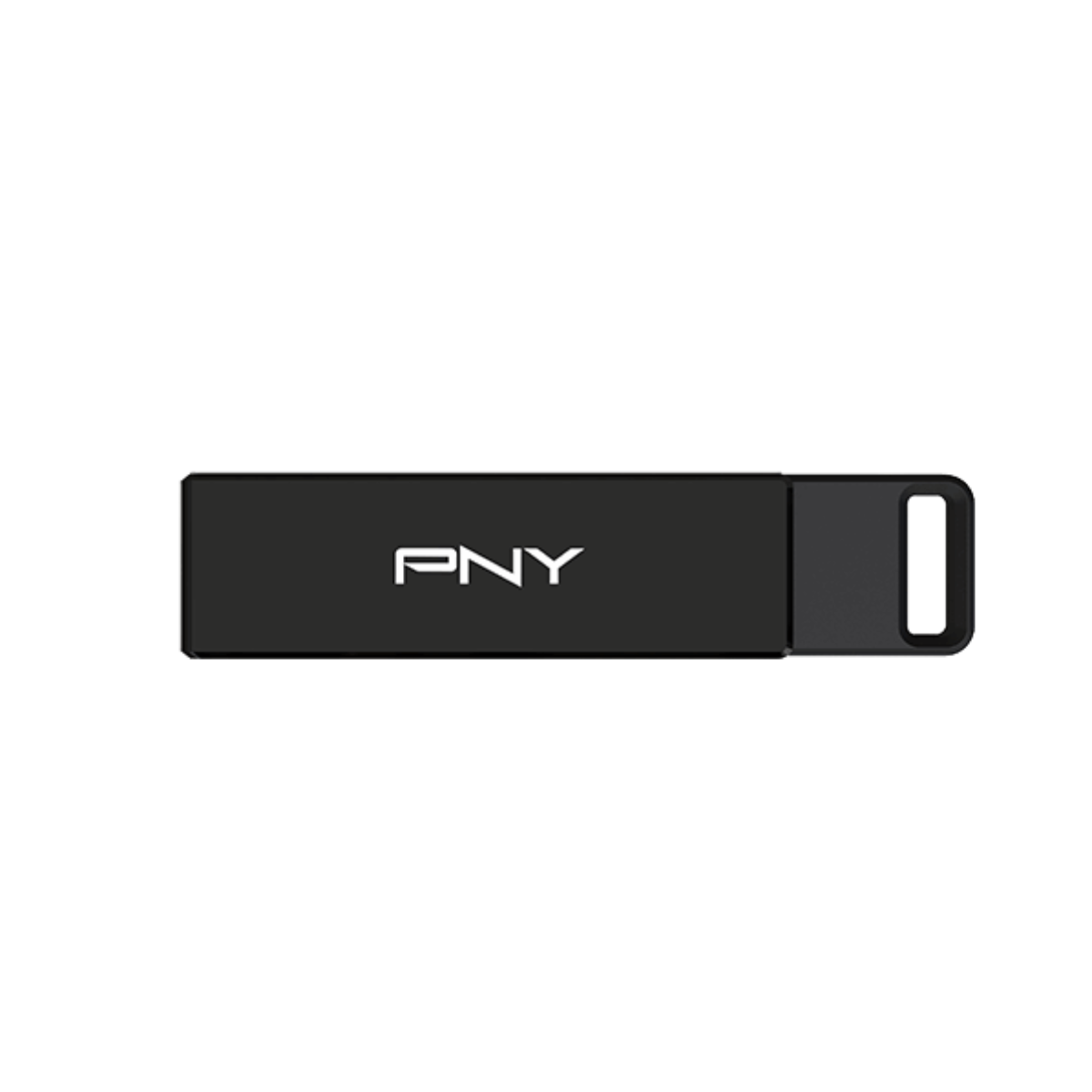
PNY Elite-X Type C Flash Drive
$14 $16 Save
$2
With its blistering-fast transfer speeds and ergonomic design, the PNY Elite-X Type C Flash Drive is an excellent foray into the world of bite-sized USB-C local storage.
Once the data is copied, disconnect the drive from the source device and plug it into the destination device. Then, simply copy the files from the external drive and paste them onto the second computer’s local storage. You should use an SSD for the fastest data transfer due to its high read/write speeds.
3
Leverage Cloud Storage Services
If your devices are not connected to the same network and you don’t have a USB data transfer cable or external drive, or if one of the devices is located elsewhere, you can use a cloud storage service to share data between them. To use this method, you have to first create an account with a cloud storage provider like OneDrive, Google Drive, or others.
Next, upload the files you want to share. You must have a fast internet connection for quicker uploads. Once the files are uploaded, you can generate a shareable link to send to the recipient. They can then download the files onto their device. I recommend using Google Drive, which offers 15 GB of free storage, compared to OneDrive’s 5 GB.
2
Use a File Sharing Platform
If your devices are far apart and you don’t want to create an account with a cloud storage service, you can use a file-sharing platform. These platforms allow you to upload data, create a shareable link, and send it to the recipient directly. This is one of the quickest ways to share files remotely, as it doesn’t require creating an account unless you opt for premium features.
Although you don’t have to create an account, you’ll have to give your email address and the recipient’s email when sharing the data. I recommend using TransferNow, which allows you to share up to 5GB per transfer—3GB more than WeTransfer allows. Visit TransferNow’s website, upload your files, select “Create a Link,” add your email, and click “Get a Link.”
Once the link is generated, you can copy and share it with the recipient. They can then download the data directly without needing to create an account.
1
Use Quick Options for Sharing Smaller Files
If you only have to transfer smaller files between computers you personally own, you don’t need to use the methods mentioned earlier. Instead, you can rely on apps you already use for everyday communication, such as Slack, WhatsApp, or email clients. The only drawback is that many apps limit the size of the data you can transfer.
To use this method, you can send the data to yourself, as you would with email clients or Slack, or to someone else’s account if the app doesn’t allow you to message yourself, like in social media applications. Then, you can log in to the same account on another device and download the files from there.
That’s it! These are some common methods for sharing data between two Windows devices. Each method has advantages and limitations, making it suitable for different situations. While using the built-in features is often the best choice, review all the options, assess which one fits your needs, and use it to transfer larger amounts of data.


